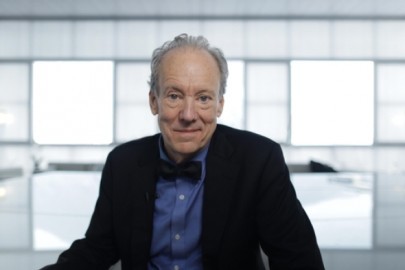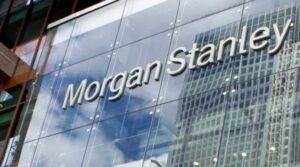Carbon dioxide is considered bad because it causes global warming, and it’s also a highly political issue, as evidenced by the fact that U.S. democrats want to impose regulations to reduce emissions, while Republicans want to do away with them altogether.
But according to William McDonough, a world-renowned architect, designer and urban planner, carbon is not the enemy. In a keynote speech at the recent SXSW Eco conference, he said: “It is we who have made carbon toxic. In the right place, carbon is a resource and a tool.”
McDonough, founder of William McDonough + Partners, has championed smarter ways to design products, buildings and communities through the principles of using resources more sustainably, generating less waste and creating positive impacts rather than simply minimizing negative ones.
He believes that citizens and politicians have to change their dialogue about carbon and views climate change as a design failure, a breakdown in the natural carbon cycle caused by humans. But he also believes that by rethinking how we design things, especially cities, we would be able to restore the natural carbon cycle and exploit it for human gain, thus creating positive environmental impacts rather than harmful ones.
He also thinks that just focusing on carbon regulation is wrong. “Striving for less pollution means we will do less bad,” he said. “Instead we should ask: what can we do that creates more good?”
Citing urban design as the solution, he maintained that buildings and cities could and should be “carbon positive,” but in order to do so, people have to think about the whole issue in a new way.
Instead of releasing carbon into the atmosphere, McDonough proposes that it be channeled into durable forms, from new trees to plastics, and into soils, to rebuild them. Thus, “living carbon” is reabsorbed into nature to create healthier soils, crops and forests, while “durable carbon” is used as a raw material for reusable products such as paper, fiber and recyclable plastics, or is locked away in underground limestone. “Fugitive carbon,” the gas that has escaped or been pumped into the atmosphere, Mc Donough proposes, could be captured and converted into durable or living carbon. “CO2 in the atmosphere is a liability,” McDonough said at SXSW Eco. “But in the soil it is an asset.”
Source: Scientific American
Ask me anything
Explore related questions





